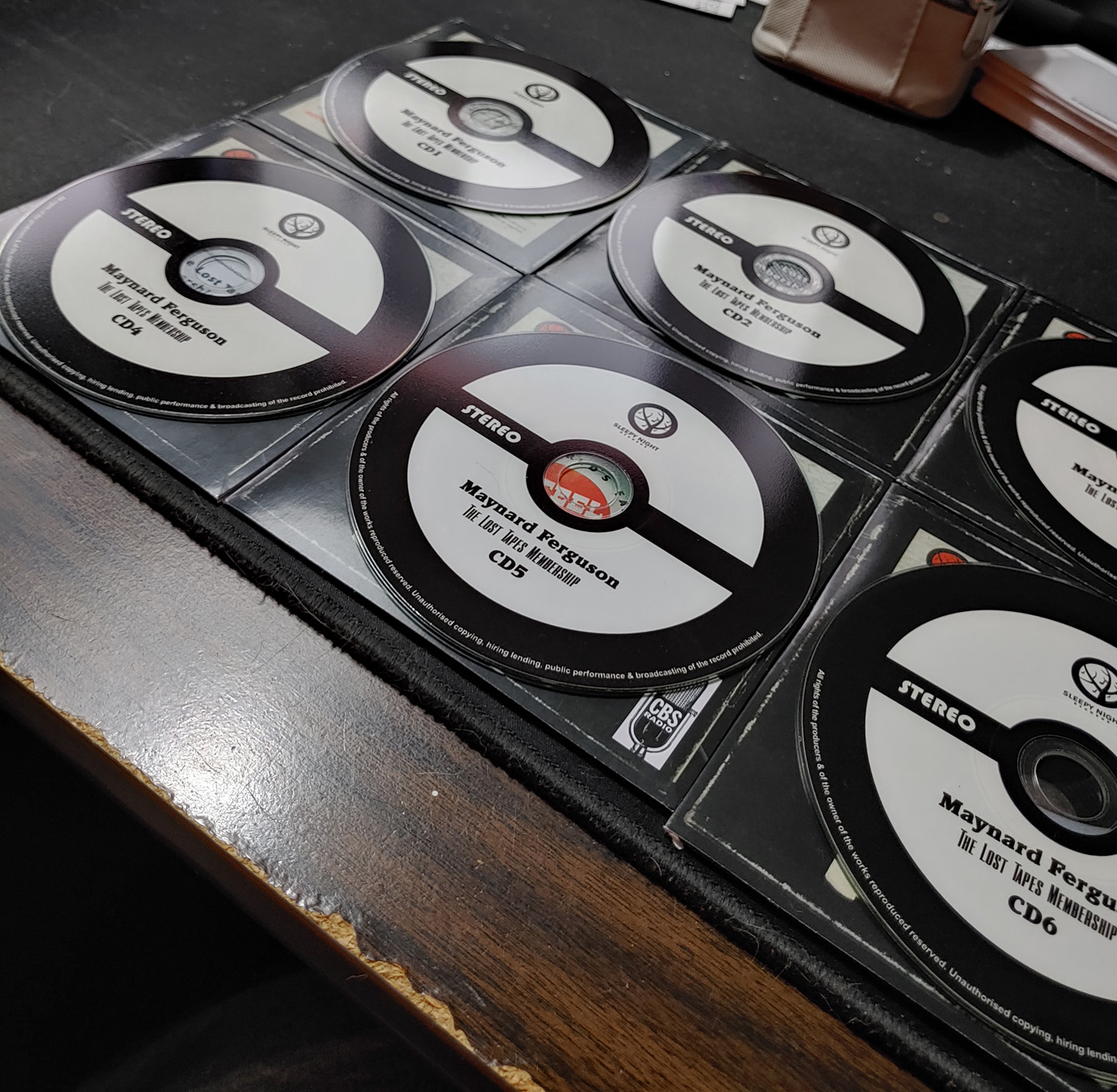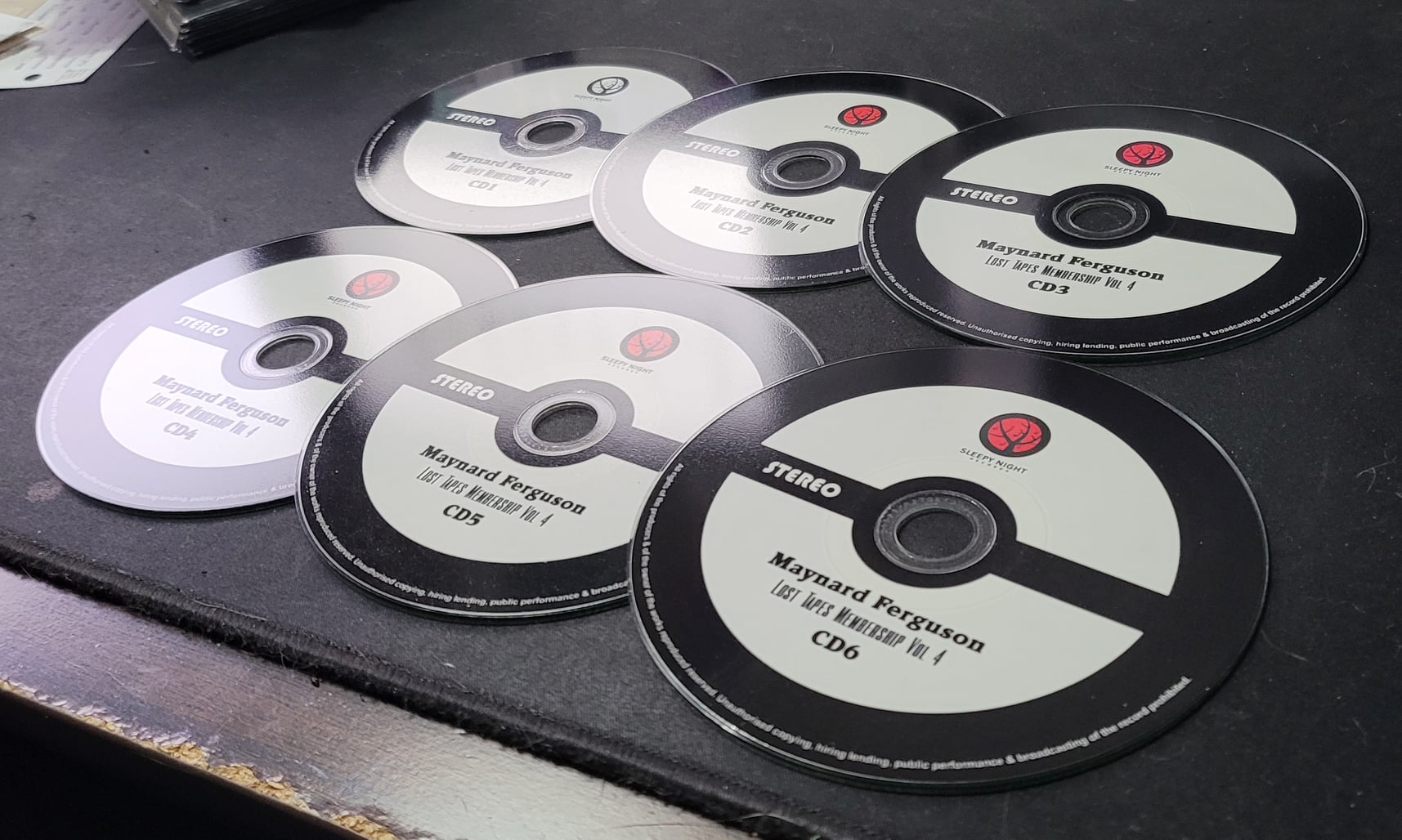jimfisheye
2K Club - QQ Super Nova
- Joined
- Jan 8, 2010
- Messages
- 3,653
Or just capture before and after recordings of the digital audio stream through it.I'd like to see someone take one of those isilencer's apart and see exactly what sort of circuit (if any) is inside.
Does the thing have an LED? If yes, my guess for the circuit is a resistor and LED tapping power off the HDMI input to light the LED. Maybe a small capacitor to ground to cure the noise the thing would introduce that would otherwise break the ability to even pass the HDMI signal.
Again, just a guess.























